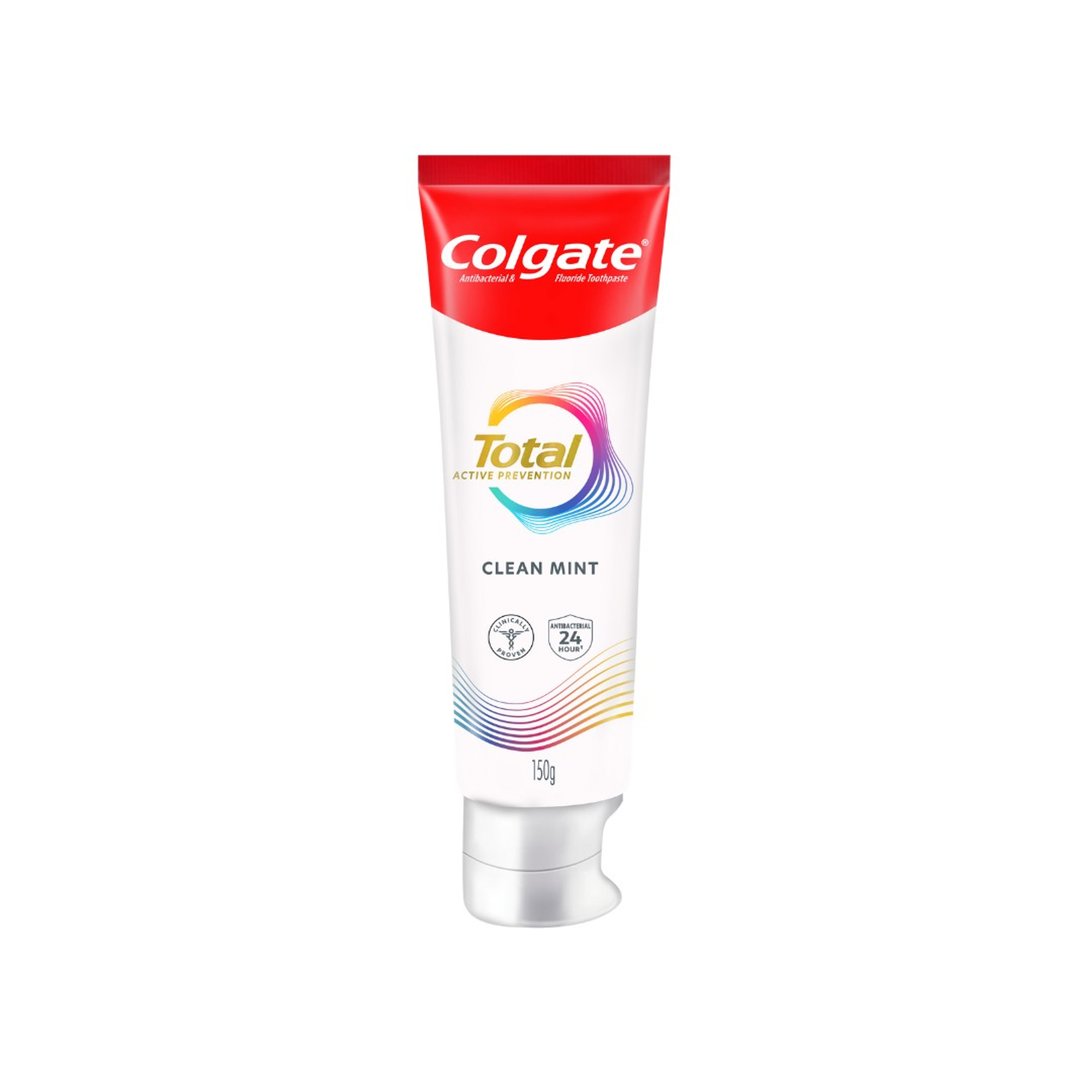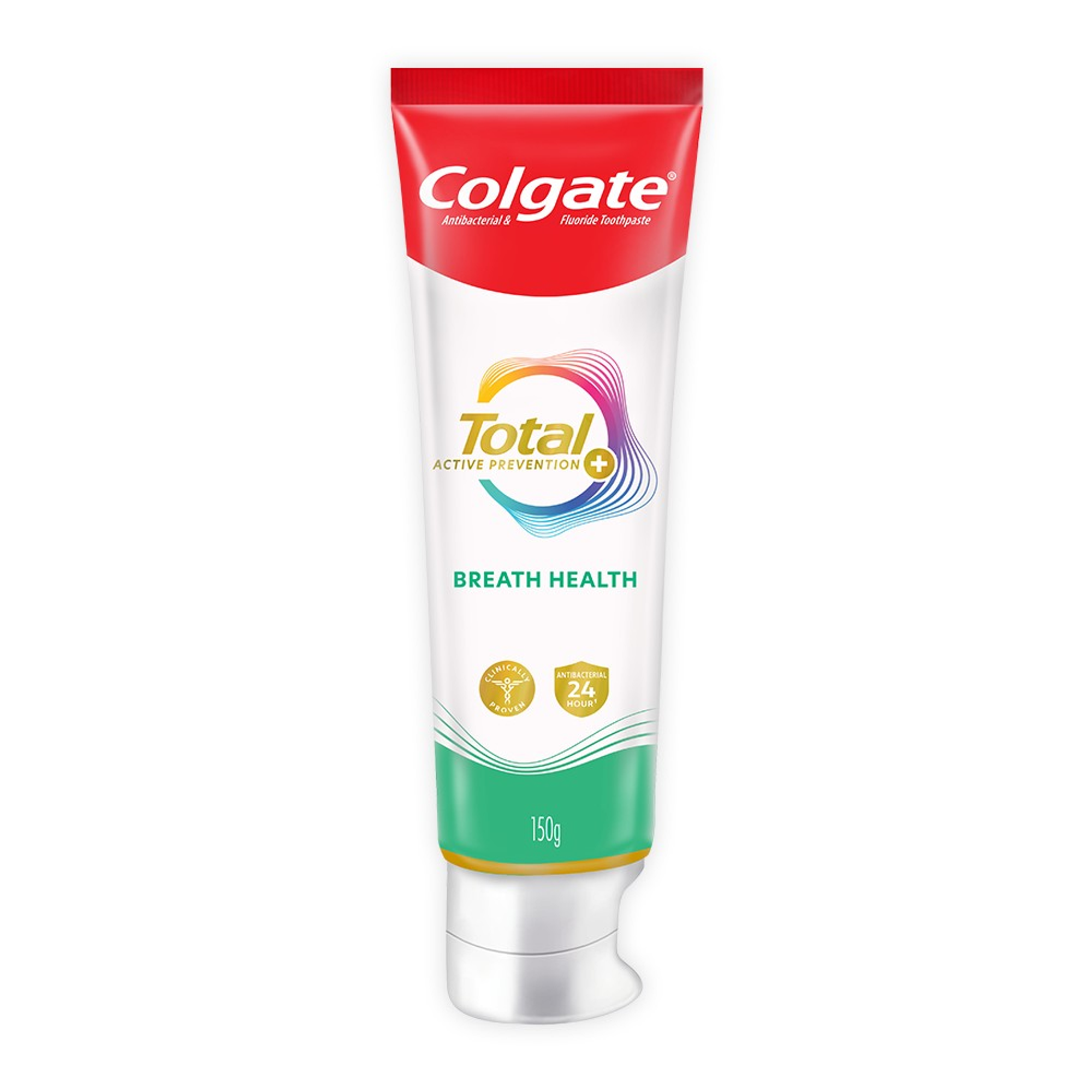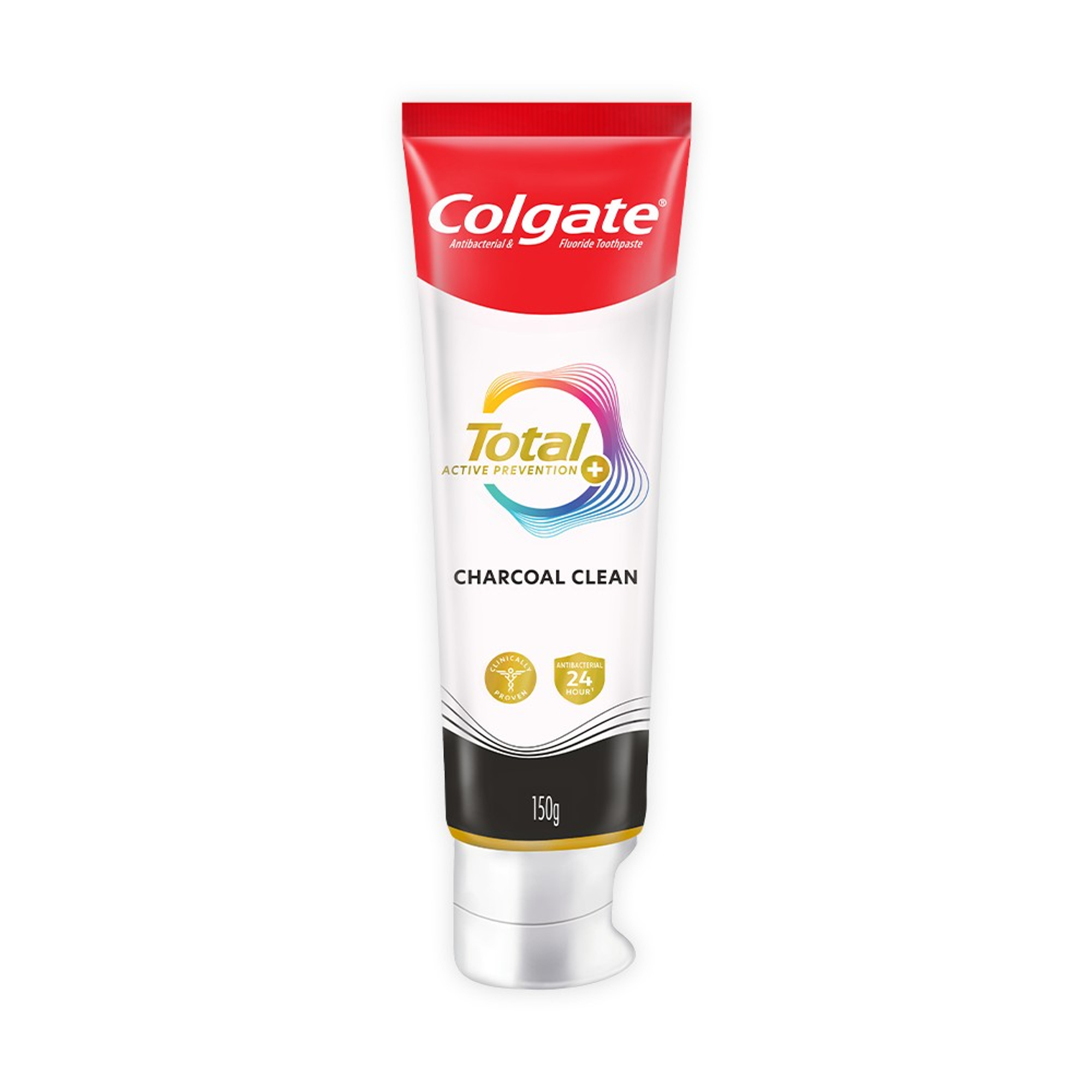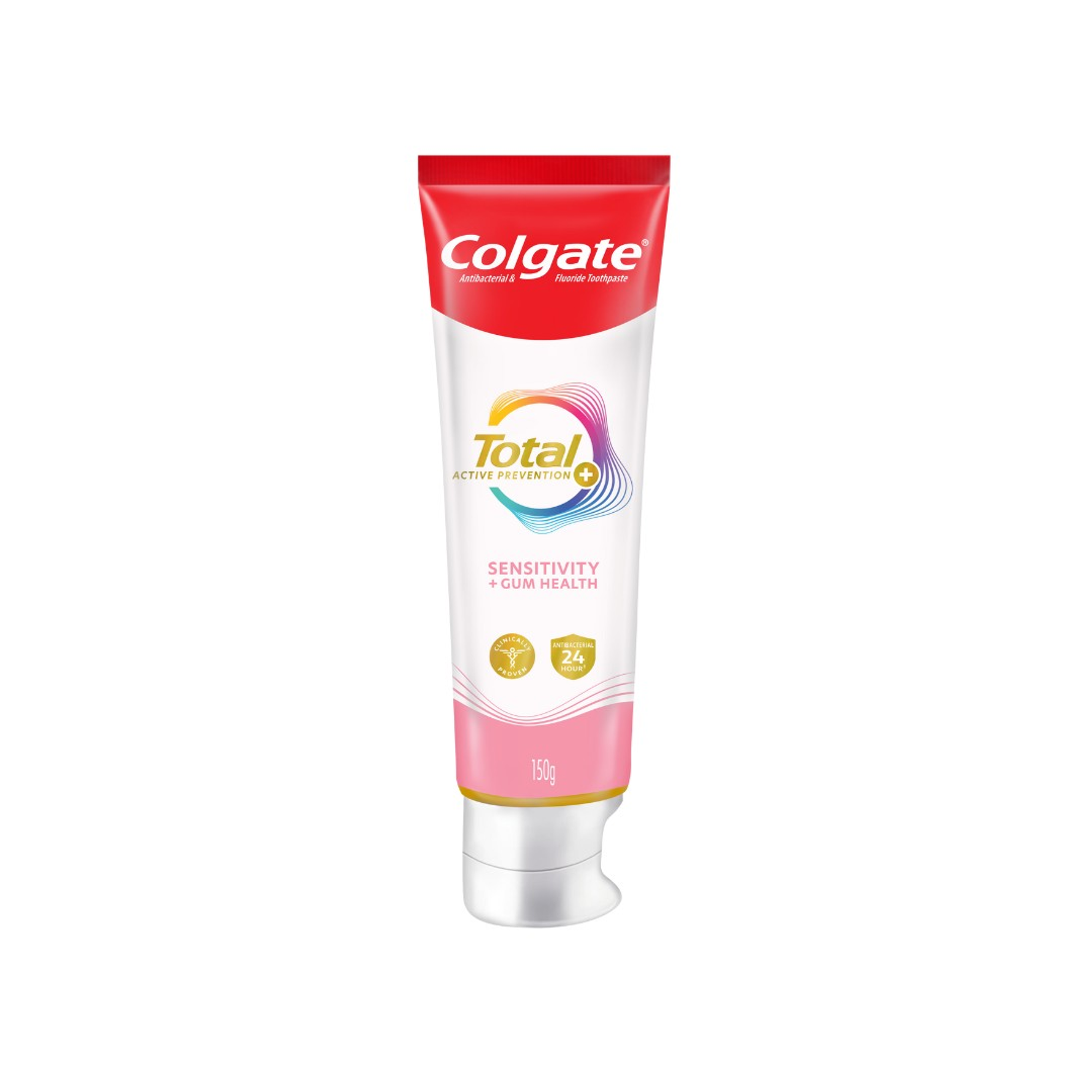-
-

ADULT ORTHODONTICS
Should You Use Mouthwash Before or After Brushing?Brushing and flossing are the foundation of a good oral hygiene routine, but mouthwash can also be a useful addition...

SELECTING DENTAL PRODUCTS
Soft Vs. Hard Toothbrush: Which One Should You Use?The toothbrush has come a long way. As the American Dental Association (ADA) notes...
-
Science & Innovation
- Oral Health and Dental Care | Colgate®
- Oral Health
- What Are Tonsil Stones?
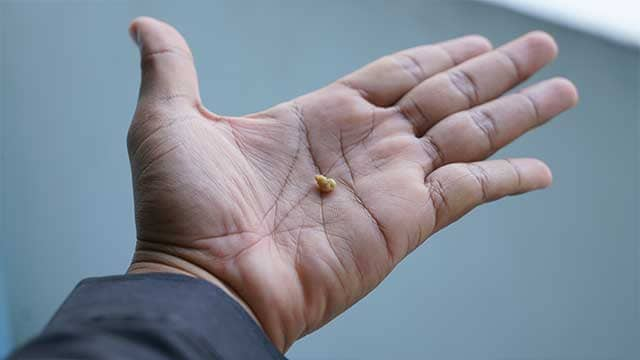

Tonsil stones. Just the name is scary. Now imagine what it’s like to be looking in the mirror and opening your mouth to say, "awwwww", only for it to turn into "ahhhhhhhhhh!!!!!! What are those?". We're here to help answer that important question.
How They Form
Tonsil stones also referred to as tonsilloliths, are quite common. They are small, white discharges that form in the crevices of your tonsils. They can be found on either side of the pharyngeal tonsils at the very back of your throat. They occur when bacteria and saliva combine in the small cracks or fissures of your tonsils and range in size anywhere from a grain of rice to a pea. Tonsil stones start out soft in consistency, but the combination of mineral elements from your saliva and foods you eat can turn them into hard calcium deposits, almost stone-like, hence their name.
You may not even know you have them because they are usually symptom-free. Bad breath from tonsil stones and slight swelling of your tonsil may be your only symptoms. However, on occasion, some people have severe symptoms. These include a persistent sore throat, infection, or difficulty swallowing. If you experience any of these, you should contact your healthcare provider to rule out a more serious problem.
Related Articles

If you notice anything strange in your mouth, such as a gum boil or a bump that looks like a pimple, it's a good idea to have it checked out by a dentist.


Related Products

Helping dental professionals
More professionals across the world trust Colgate. Find resources, products, and information to give your patients a healthier future




